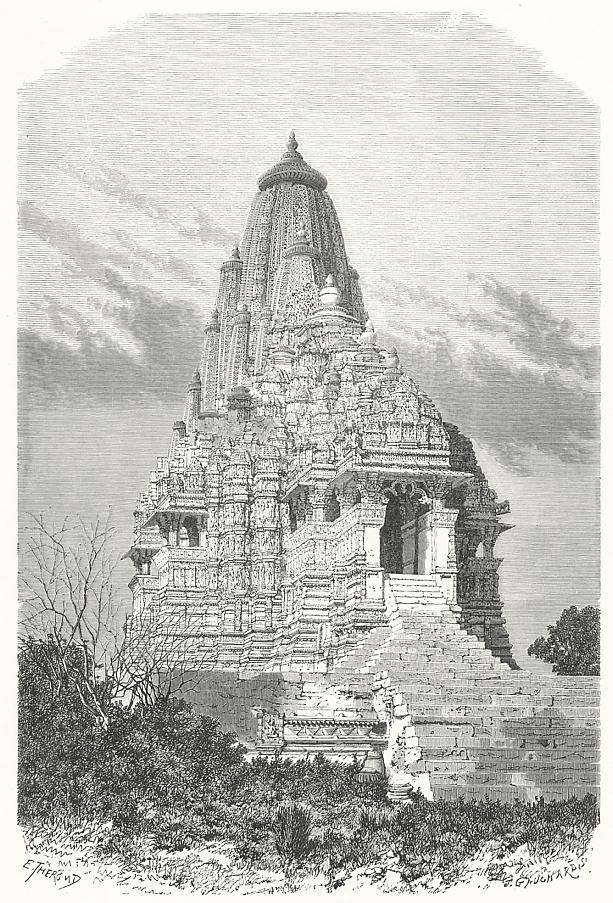FWP:
SETS == STRESS-SHIFTING
MIRROR: {8,3}
RELIGIONS: {60,2}
For background see S. R. Faruqi's choices. For more on Ghalib's unpublished verses, see the discussion in {4,8x}.
The multivalent meanings of takrār (see the definition above) have been elegantly deployed-- does it refer merely to 'insistence', or to theological disputes as well? The pairing of 'temple/convent and Ka'bah' could mean that the two are to be either taken together as a unit (mirroring 'insistence'); or opposed to each other (mirroring 'dispute' or 'controversy'). And do they 'mirror' the takrār in the sense of imitating it, or in the sense of showing or revealing it? The several iẓāfat constructions also multiply the possible relationships among all these senses.
And vā-māñdagī (see the definition above) works equally well-- is it the 'fatigue', the 'lagging', the 'openness', or the 'exposure' of ardor that actually carves out those various religious 'shelters'? Each reading works intriguingly with the possibilities in the first line. How could Ghalib not have published this brilliant and haunting verse in his divan? It's deservedly almost as famous as the other best-known unpublished one, {4,8x}.
By shifting the emphasis placed on different words, and different senses of each word, in each of the two lines, the verse can be readily, and radically, and most fascinatingly, transformed.
Compare other unpublished verses about the existential perils of fatigue: {12,6x}, {314x,2}. About the role of religions, compare the pathos-filled {102,2}, the more radical {298x,4}, and especially the Sufistic {440x,1}. There's also Mir's take on traveling beyond the dair-o-ḥaram , in M{101,1}.
Although dair can mean a wide range of sacred spaces from several different traditions, it's common in South Asia to take it as referring to a Hindu temple. That's what Gyan Chand does, when he equates it with mandir . I can't resist including Therond's engraving of my own favorite temple, the Kandariya Mahadev at Khajuraho (11th c.):

Asi:
These temples and holy places are both mirrors of the insistence of longing. That is, through them the situation is revealed, that ardor would again be refreshed and again there would be the habit of longing; so to speak, the fatigue of ardor, as if they are carving out shelters for the fatigue of ardor. That is, when ardor becomes tired, then one among them writhes with fatigue, and makes that very thing his shelter. The point of which is that again some longing should begin.
== Asi, p. 169